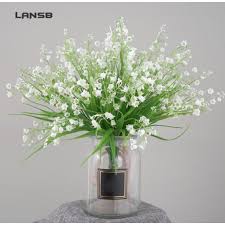The Impact of Size on Choosing a Bengal Cat Breed: Making Informed Decisions
When considering the adoption of a Bengal cat, one crucial factor to take into account is the size of the cat. The dimensions of Bengal cats can vary significantly, and this aspect plays a role in various aspects of their care and compatibility with your living environment. In this article, we explore how size influences the selection of Bengal cat breeds, helping prospective owners make informed decisions based on their preferences and living situations.

**1. *Living Space Considerations:*
- Small Spaces:
If you reside in a compact living space, a smaller-sized Bengal cat may be more suitable. Compact spaces can limit the cat’s ability to roam freely, and a smaller cat might adapt better to such environments. - Larger Spaces:
In more spacious homes, larger Bengal cats may thrive as they have more room to explore and exercise. Consider the available space and how well it accommodates the cat’s size and activity level.
**2. *Personal Preferences:*
- Cuddling and Handling:
If you enjoy cuddling and handling your cat frequently, a smaller Bengal might be more manageable and comfortable. Smaller cats are often perceived as more suitable for close interactions. - Majestic Presence:
Larger Bengal cats can bring a majestic presence to your home. If you appreciate a cat with a substantial build and a more imposing appearance, a larger breed might align with your preferences.
**3. *Activity Level:*
- High Energy Levels:
Bengals, regardless of size, are known for their high energy levels. However, larger Bengals may have slightly more endurance and strength for play. Consider your ability to engage in interactive play sessions based on the cat’s size. - Moderate Energy Levels:
Smaller Bengals may have slightly less energy than their larger counterparts, making them a good fit for owners who prefer a cat with a slightly more moderate activity level.
**4. *Feeding and Maintenance:*
- Dietary Needs:
Larger cats typically have higher dietary requirements. Consider the cost and availability of cat food suitable for the size of your Bengal cat. - Grooming:
The grooming needs of Bengal cats may vary based on size. Larger cats may require more extensive grooming sessions to maintain their coats.
**5. *Compatibility with Other Pets:*
- Interaction with Smaller Pets:
If you have smaller pets, a smaller Bengal may be a more compatible choice. This reduces the risk of unintentional intimidation or accidents during play. - Dynamic with Larger Pets:
Larger Bengal cats might be better suited for households with larger pets, as they can establish a more balanced dynamic in terms of size and energy.
**6. *Health Considerations:*
- Joint Health:
Larger Bengal cats may be more prone to joint issues as they age. Regular veterinary check-ups and appropriate preventive measures can help maintain their health.
Conclusion:
Choosing the right size of Bengal cat involves considering various factors, from living space and personal preferences to the compatibility with other pets. By understanding how size influences different aspects of care, prospective Bengal cat owners can make decisions that align with their lifestyle and preferences, ensuring a harmonious and fulfilling relationship with their feline companions.